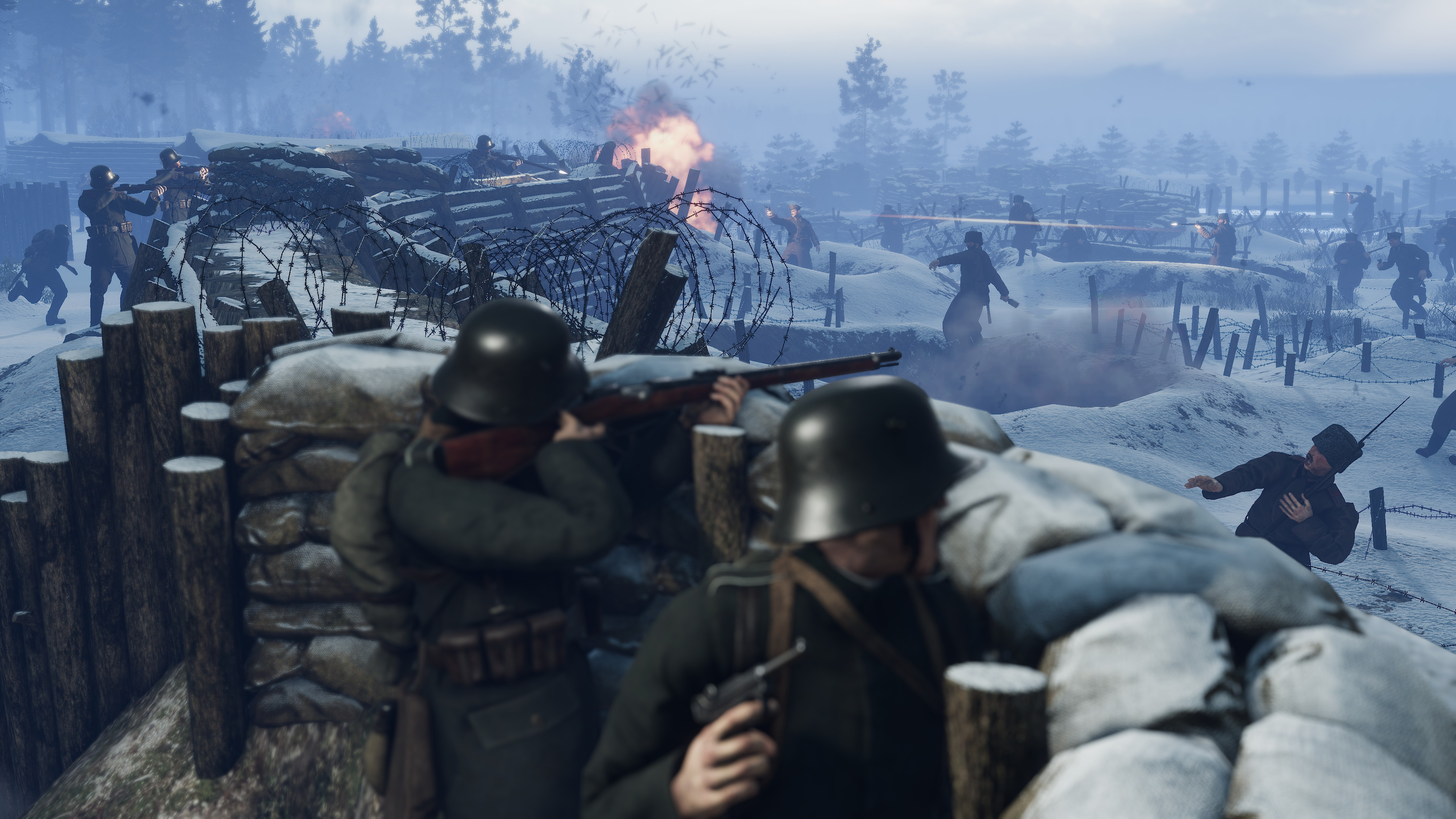
Historical background Lithuanian Crusade and Polish–Lithuanian union The Kingdom of Poland and Grand Duchy of Lithuania within their vassals between 13 An anonymous letter, discovered in 1963 and written between 14, provided important details on Lithuanian maneuvers. German sources include a concise account in the chronicle of Johann von Posilge. Other Polish sources include two letters written by Władysław II Jagiełło to his wife Anne of Cilli and Bishop of Poznań Wojciech Jastrzębiec and letters sent by Jastrzębiec to Poles in the Holy See. Banderia Prutenorum is a mid-15th-century manuscript with images and Latin descriptions of the Teutonic battle flags captured during the battle and displayed in Wawel Cathedral and Vilnius Cathedral. The reliability of this source suffers not only from the long gap between the events and the chronicle, but also Długosz's alleged biases against the Lithuanians. It is a comprehensive and detailed account written several decades after the battle. Another important source is Historiae Polonicae by Polish historian Jan Długosz (1415–1480). While the original Cronica conflictus did not survive, a short summary from the 16th century has been preserved.

Its authorship is uncertain, but several candidates have been proposed: Polish deputy chancellor Mikołaj Trąba and Władysław II Jagiełło's secretary Zbigniew Oleśnicki. The most important and trustworthy source is Cronica conflictus Wladislai regis Poloniae cum Cruciferis anno Christi 1410, which was written within a year of the battle by an eyewitness. There are few contemporary, reliable sources about the battle, and most were produced by the Polish side. Thus, there are three commonly used names for the battle: German: Schlacht bei Tannenberg, Polish: bitwa pod Grunwaldem, Lithuanian: Žalgirio mūšis. The Germans named the battle after Tannenberg ("fir hill" or "pine hill" in German).

The Lithuanians followed suit and translated the name as Žalgiris. Later, Polish chroniclers interpreted the word Grunenvelt ("green field" in Low German) as Grünwald, meaning "green forest" in German. Władysław II Jagiełło referred to the site in Latin as in loco conflictus nostri, quem cum Cruciferis de Prusia habuimus, dicto Grunenvelt. However, research by Swedish historian Sven Ekdahl and archaeological excavations in 2014–2017 proved that the actual site was south of Grünfelde (Grunwald). Traditionally, the battle's location was thought to be in the territory of the monastic state of the Teutonic Order, on the plains between three villages: Grünfelde ( Grunwald) to the west, Tannenberg ( Stębark) to the northeast and Ludwigsdorf ( Łodwigowo, Ludwikowice) to the south. Names and sources Names The most important source about the battle is Cronica conflictus. Only in recent decades have historians moved towards a dispassionate, scholarly assessment of the battle, reconciling the previous narratives, which differed widely by nation. During the 20th century, the battle was used in Nazi German and Soviet propaganda campaigns.


It has been used as a source of romantic legends and national pride, becoming a larger symbol of struggle against foreign invaders. It is also commemorated in Ukraine and Belarus. The battle is viewed as one of the most important victories in the histories of Poland and Lithuania. The battle was one of the largest in medieval Europe. The battle shifted the balance of power in Central and Eastern Europe and marked the rise of the Polish–Lithuanian union as the dominant regional political and military force. The order, however, never recovered their former power, and the financial burden of war reparations caused internal conflicts and an economic downturn in the lands controlled by them. Most of the Teutonic Order's leadership were killed or taken prisoner.Īlthough defeated, the Teutonic Order withstood the subsequent siege of the Malbork Castle and suffered minimal territorial losses at the Peace of Thorn (1411), with other territorial disputes continuing until the Treaty of Melno in 1422. The alliance of the Crown of the Kingdom of Poland and the Grand Duchy of Lithuania, led respectively by King Władysław II Jagiełło (Jogaila), and Grand Duke Vytautas, decisively defeated the German Teutonic Order, led by Grand Master Ulrich von Jungingen. The Battle of Grunwald, Battle of Žalgiris, or First Battle of Tannenberg, was fought on 15 July 1410 during the Polish–Lithuanian–Teutonic War.


 0 kommentar(er)
0 kommentar(er)
